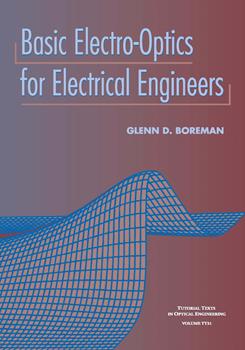6.1 Introduction
Our discussion of lasers will concentrate on the unique properties of laser radiation. We will initially consider the characteristics of directionality, monochromaticity, and brightness, and then investigate the Gaussian wave nature of a typical laser output beam. We will conclude with issues relating to measurement of laser-beam parameters.
6.2 Directionality, Monochromaticity, and Brightness
Directionality is one of the most useful properties of laser radiation. Laser light propagates as a highly collimated beam, and has a diffraction angle that is determined solely by diffraction effects. This high degree of collimation is unique to lasers, and is a consequence of the fact that a laser is an extended source of plane wavefronts, as seen in Fig. 6.1. The entire exit aperture of a laser emits rays that are parallel to the optic axis. This behavior can be compared to a nonlaser extended source, where each point on the source is an independent radiator that emits rays in all forward directions. Each source will have a divergence angle caused by diffraction, which is approximately the wavelength divided by the beam diameter
θ ≈ λ/Dbeam.
In a nonlaser source, the beam divergence caused by the lack of collimation is much larger than that caused by diffraction. In the laser source, the diffraction spreading is the only contribution to beam divergence.
A laser beam can be focused to a very small spot, whose size is determined by diffraction. Only a very small region of the surface of the nonlaser source can be focused to a diffraction-limited spot, as seen in Fig. 6.2.


